The Walther P88 will be remembered as Walther’s last metal-framed service handgun. Walther pistols have been well-known since the 1920s, and they were the first to make a success of a double-action trigger system using a de-cocking device. Their first significant caliber locked-breech pistol was the Pistole 38, designed for the German Army and first issued in 1939. This used a block locking system used by all Walther heavy-caliber pistols ever since and was adopted by Beretta and other manufacturers.
Introduction
The Walther P38 is still manufactured, having been re-adopted by the reconstituted German Army in 1955 as the Pistole 1. In the middle 1980s, however, with competition from newer manufacturers eroding their markets, Walther decided on a new pistol and developed the Walther P99; in doing so, they broke with tradition and abandoned the locking block system and the standard open barrel and short slide which was almost their trademark.
Design
The Walther P88 is a conventional design, using an enveloping slide and locking the breech utilizing the familiar browning tilting barrel, controlled by a cam beneath the chamber and locking to the slide by a squared section around the chamber engaging with the ejection slot in the slide. The trigger mechanism is double-action, with an ambidextrous de-cocking lever mounted on both sides of the frame. There is also an ambidextrous magazine catch on the front edge of the butt.
A complicated firing pin arrangement achieves safety: the firing pin normally rests at an angle, and the face of the hammer is recessed so that should it accidentally fall, the end of the firing pin enters the recess, and there is thus no pressure on the pin and no danger of firing.
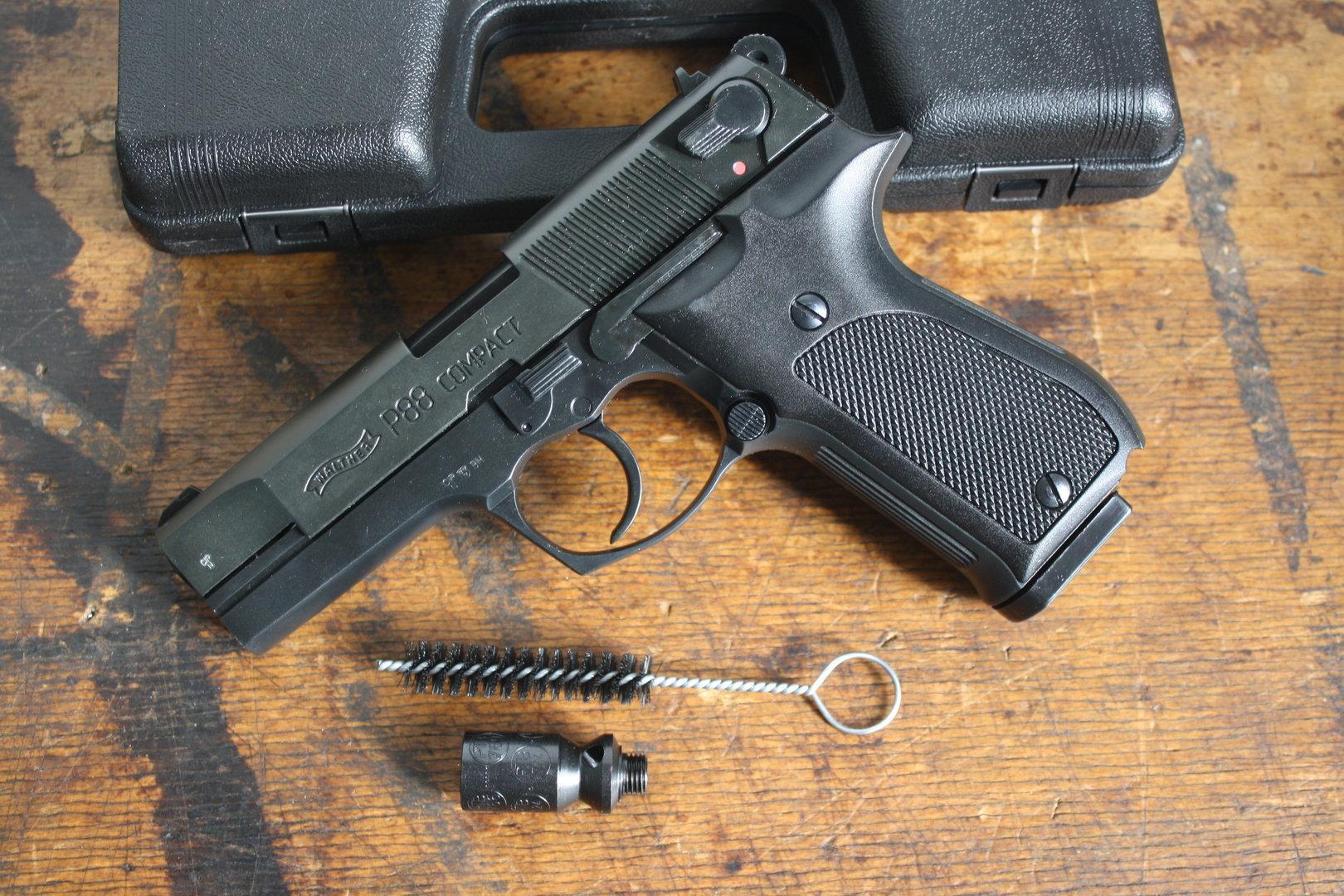
When the trigger is pulled, the rear end of the firing pin is moved upwards until it is lined up with the solid portion of the hammer face and is held there while the trigger releases the hammer, and the hammer falls, striking the firing pin and firing the shot. As soon as the slide begins to move backward after the shot, the trigger connection is broken, and the firing pin drops back to its safe position to remain there until the trigger is pressed again.
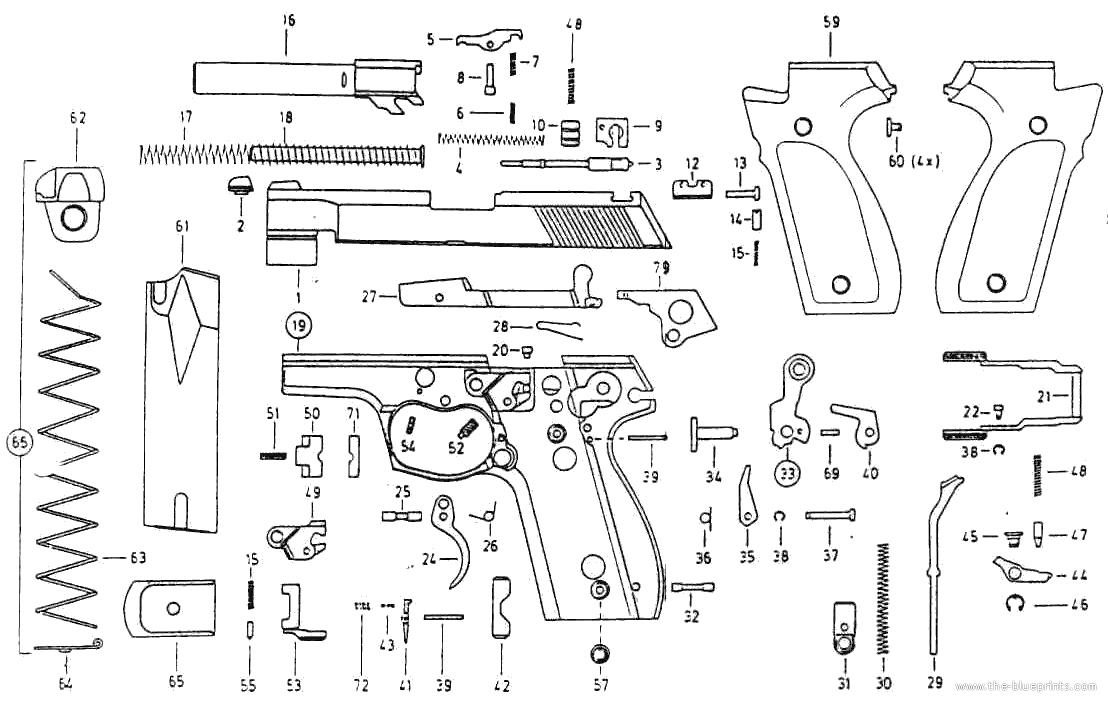
Thus, there is no way the firing pin can be driven forward except when the trigger is correctly pulled to fire a shot. The Walther P88 was typically supplied in 9 mm Parabellum chambering; it can be supplied in 0 x 21 mm IMI chambering should this be required.
Variants
P88 Standard
The Walther P88 was entered for the third and final JSSAP XM9 pistol trials conducted from 1983 to 1984 with interruptions. During the tests, the Walther P88 was eliminated from consideration for not meeting a handful of the 72 “must” conditions. Firstly, it lacked the specified manual safety function. Also, the P88 failed the dropping tests, with the rear target sights popping off and the pistol’s frames cracking from 7000 rounds of sustained fire.
The P88 also failed both the wet and dry mud tests. The Beretta 92F (92SB-F) would ultimately be chosen as the M9 pistol. The sales of the standard model started in 1988 for the 50th anniversary of the legendary Walther P38. The Walther P88 also took part in the 1990 Bundeswehr pistol tests held by the WTD91 military-technical department.
Again, it was rejected due to a lack of manual safety. In 1996, Walther discontinued the standard version. The production of the P88 Compact – the slightly lighter and smaller, which was also cheaper to manufacture – continued until 2000. In 1997, a year after the standard model was discontinued, Carl Walther GmbH introduced the P88’s successor, the Walther P99, to markets.
P88 Compact
The Compact is lighter and a bit smaller, with only minor differences. The standard P88 was heavily criticized for being bulky, heavy, and expensive; the Compact solved some of these issues. There was a significant technical change in the safety system: Instead of the single operating lever and the four automatically acting safety devices, a “manual” safety device was again integrated into the slide. The reason was the police and military tenders, which just called for them.
The “manual” safety supplemented the force-fit vertical barrier, automatically controlled by the trigger, with longitudinal locking of the firing pin (fuse no. 1 of the Walther P88) with the purely form-fitting firing pin lock. As with the Walther P38, Walther PP, and Walther PPK, this safety device also works again as a release device for the hammer. The standard and compact models are fully ambidextrous except for the Compact’s slide stop/release.
In 2000, the Walther P88 “Compact” production was stopped after approx. 7000 purely commercial units were produced.
P88 Competition
It was produced from 1993 to 2000 and was a sporting variant of the Compact model with a 101 mm long barrel. The locking system corresponds to the “Compact” ‘s, but the pull trigger (DA) was omitted. The automatically acting, non-positive vertical barrier safety device (No. 1) and the relaxation device for the hammer were also omitted. The manual, force-neutral securing was retained.
The trigger is released after an advance of 3.3 mm. The pull-off resistance is 14 N as standard but could be individually reduced to approx. 10 N with Walther spring sets. The trigger stop was still adjustable using an adjustable grub screw, as with the utility models of the Walther P88.
User experience
Firstly, the competition for the Walther P88 was the Heckler & Koch P9S pistol fitted with its combat slide. But, I prefer the Walther P88 slightly over the HK for a service pistol, only because of the P88’s magazine capacity and ambidextrous controls. On the other side, the HK P9S offers a thumb-style cocking lever, a nice feature for a carry weapon.
The overall experience with the Walther P88 handgun was astonishing for many users. Many claimed that it was more ergonomic and accurate than the Browning Hi-power chambered in 9mm. The pistol itself was considered an improvement of the Browning Hi-power as a trustworthy service pistol; the improvements come in terms of better ergonomics/balance – a tad more accurate – better trigger feels and safety – using an ambidextrous de-cocker instead of a traditional safety.
Technical specifications
| Country of origin: | Germany |
| Manufacturer: | Walther Arms GmbH, Sportwaffenfabrik, Ulm |
| Type: | Short recoil-operated, locked-breech |
| Caliber: | 9×19mm Parabellum and .22 Long Rifle |
| Barrel: | P88: 102 mm (4.0 in) P88 Compact: 97 mm (3.8 in) |
| Weight (empty): | 895 g (31.6 oz) |
| Magazine capacity: | 15-round detachable box magazine |
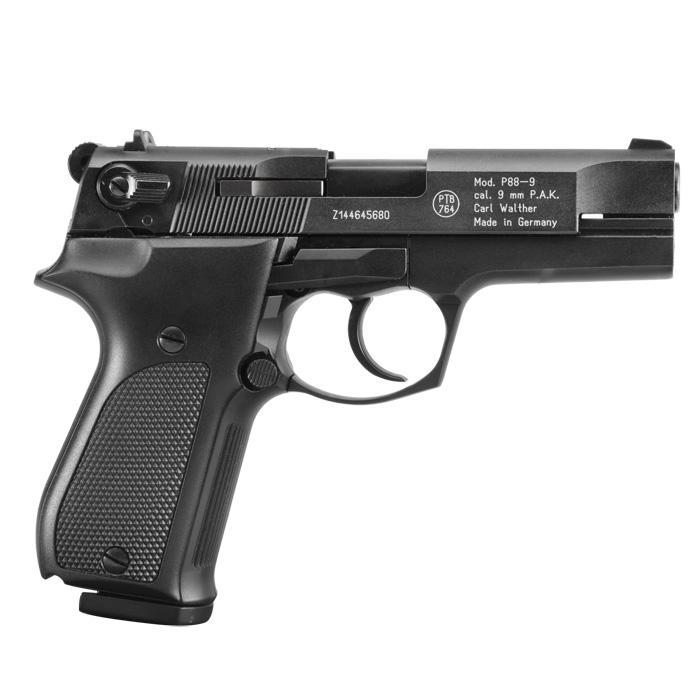
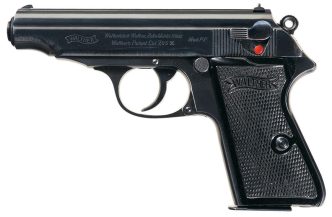
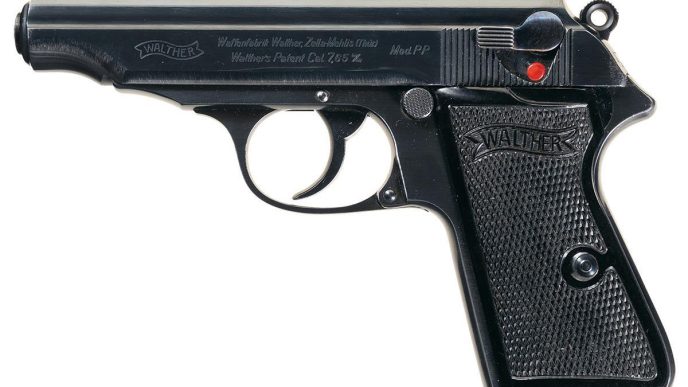
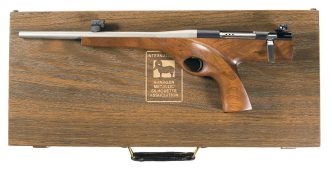
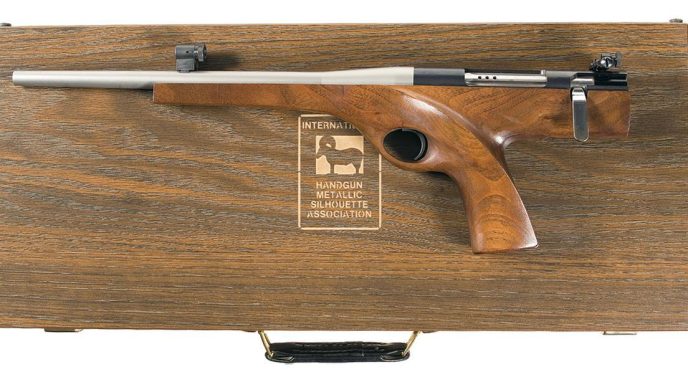
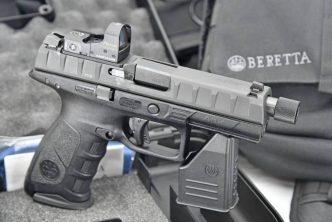
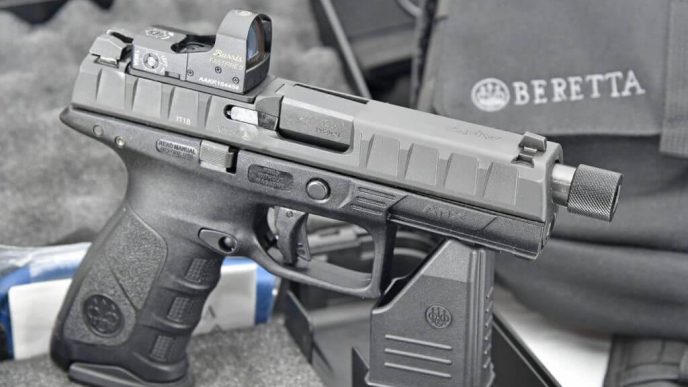
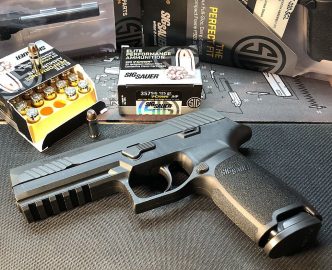
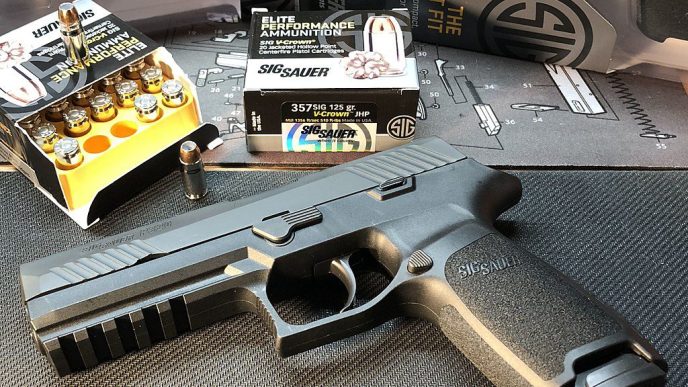
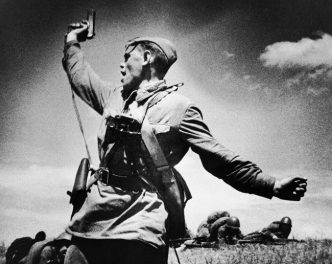
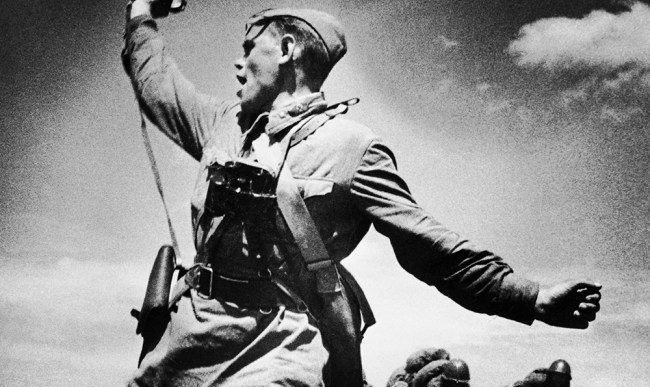
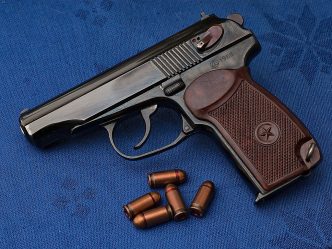
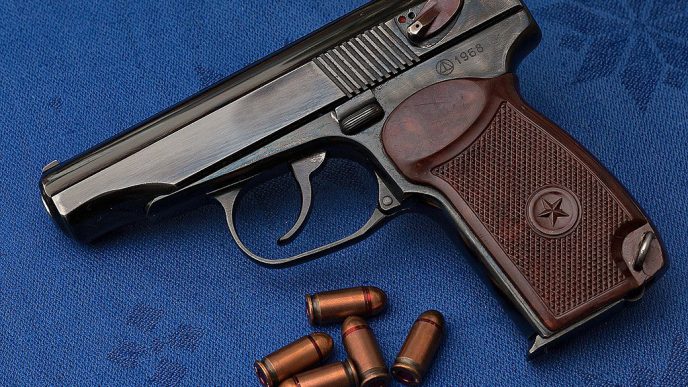
The above specs for the Walther P-88 are those of the Walther GSP in 32 S&W Long.
I have the P-88 and the GSP in 22LR and 32 S&W Long.